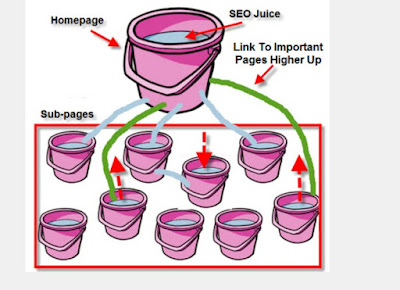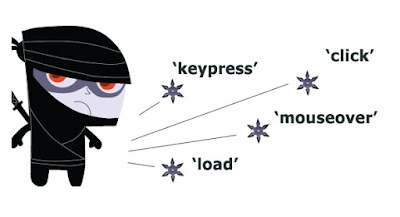How To Google Friendly Site For Beginners
If you have a website, I want you the next question is asked. "Why do I need a website?" The overwhelming response I get is: "so that others can visit and see." You want other people to view your website. You want to be to see the site so they can learn about you or your company or you want to sell something to them.
However, many companies are trying to just focus on SEO content marketing and social media without taking into account the important technical considerations for Google and Bing. Yes, there is a soundboard not proclaiming that the content and social marketing is the new SEO, but this could not be further from the truth.
You can post the most effective content for your audience, share it on all your social networks and do not produce results in the search engines. The foundation of SEO is technical in nature and it is important to build a site that is accessible to search engines and semantics.
Here are 10 Things You Can Do To Build a Site with Google:
1.URL Structure Optimization:
Solution: Make sure your URLs are optimized for organic search.
2.Page Speed Optimization:
An important part of Google's ranking algorithm is the speed at which web pages load.
Solution: Test your speed to the page using the free Google tool and follow its.
3.Internal Link Optimization:
PageRank is what feeds the Google ranking of a website. More PageRank of a website is the best opportunity, you should return Google search results.
Example: PageRank (PR) / Number = Amount spent PageRank links pages linked
A PR of 8/40 = 0.2 internal links previous PR of the linked pages
An internal links 8/10 PR = 0.8 PR beyond the pages linked
Solution: architecture audits their internal links and make sure that you are not a link to pages of non-essential filtration and maximize your PageRank.
4.JavaScript Optimization:
Search engine spiders have a hard time scanning and JavaScript navigation. Although the engines are getting better perform JS, they are not much for him. In fact, often JavaScript engine blocks from the analysis of content and important links. If your website is heavy on JavaScript functionality, make sure that encodes an unobstructed manner. Otherwise, provide search engines with other routes of access to content.
5.Get Catches Spiders RID:
It's common for sites to allow pop-ups to assets such as images, printable versions of the page, etc ... and do not provide a link to the site. This causes a problem with search engines as it traps them in a pop-up without the ability to browse other content. In addition, search engines return pages appear in search results that provide poor customer experience clicks.
Solution: block pop-ups in the robots.txt file or include any tracking tag in the HTML pop code.
6.Optimization Schema Mark-Up: In 2011:
Google, Yahoo, and Bing have collaborated to create a new HTML code that would better help them understand the Web. This increase is called Schema.org. There are a variety of different patterns that can be deployed to help search engines recognize your products, services, and content. Search engines continue to move towards a more semantic approach to the web, it is essential that Schema.org get a charge on their websites.
Solution: HTML Audit your website and make sure you have Schema.org profit margin if any. There is also a very useful tool that can help automate your Schema.org coding. Also, use the Google validation scheme to verify that it has been correctly applied.
7.User-Experience Optimization:
The usable your site is for man, the more attractive to search engines. Google also included the user experience as a sign on its Panda algorithm filter. It is important to make sure that you treat your website visitors and robots of search engines with respect and provide a quality experience.
Solution: Get an objective view of the user experience of your website.
8.Content / Code Optimization Prominence:
In e-commerce sites, you will often find that an assortment of the product appears in the categorical and sub-pages. And the following products live one or more blocks of content marketing. While this is good for humans, is not so much the search engines. Content that lives at the bottom of a page is considered less important by search engines, so it is important that the content is as close to the top is possible.
Solution: In the HTML code, you can move the code where the content lives in the DOM above while maintaining their investment in the same browser version -rendered.
9.Include HTML Elements Appropriate WebPage Templates:
Search engines use HTML elements to understand the context and relevance of the content of the website. Including appropriate HTML elements in your web page templates will give your content optimization a boost in relevancy.
Solution: Make sure your models are: the H1-H4 tags where appropriate, meta descriptions and alt image attributes. For more help, read this article Moz.
10.Google Webmaster Tools:
Last but not least. Be sure to create a Google Webmaster Tools account for your website. This will allow Google to communicate directly with you about the problems found on your site.













